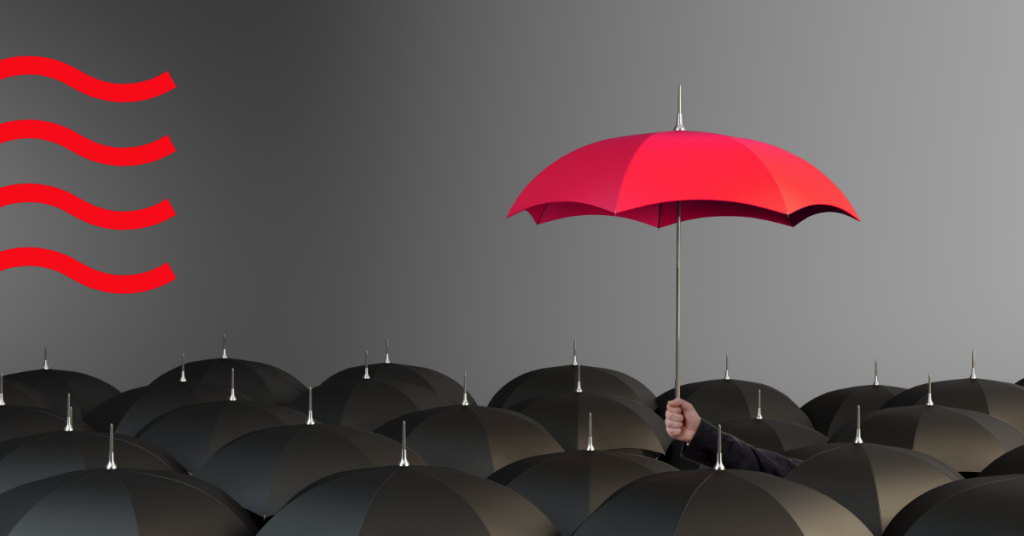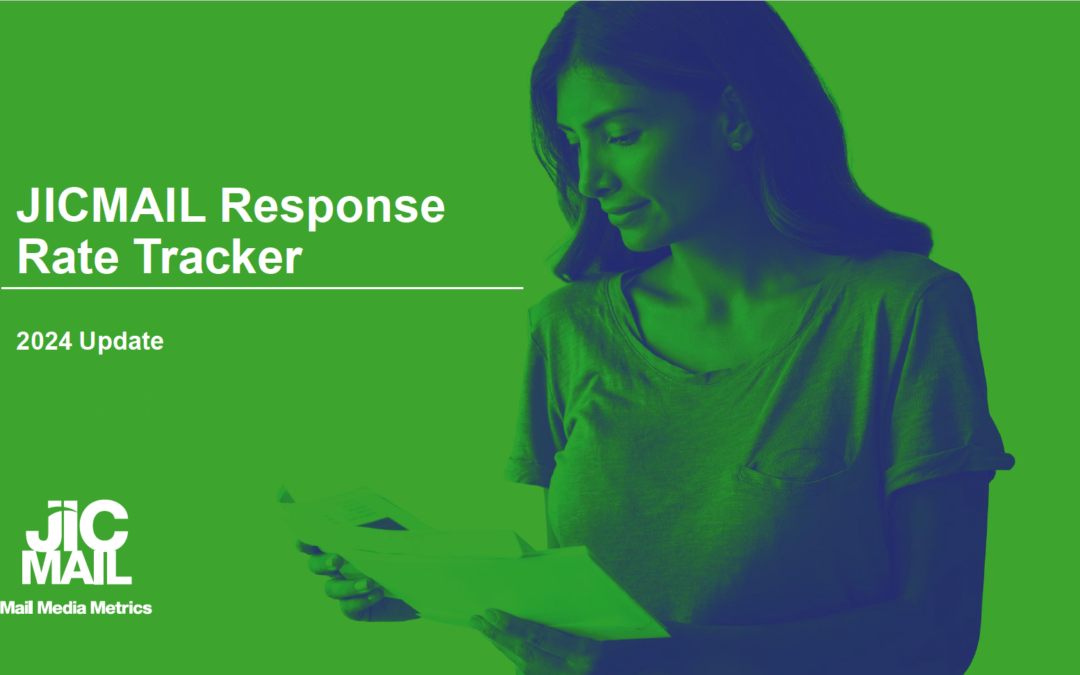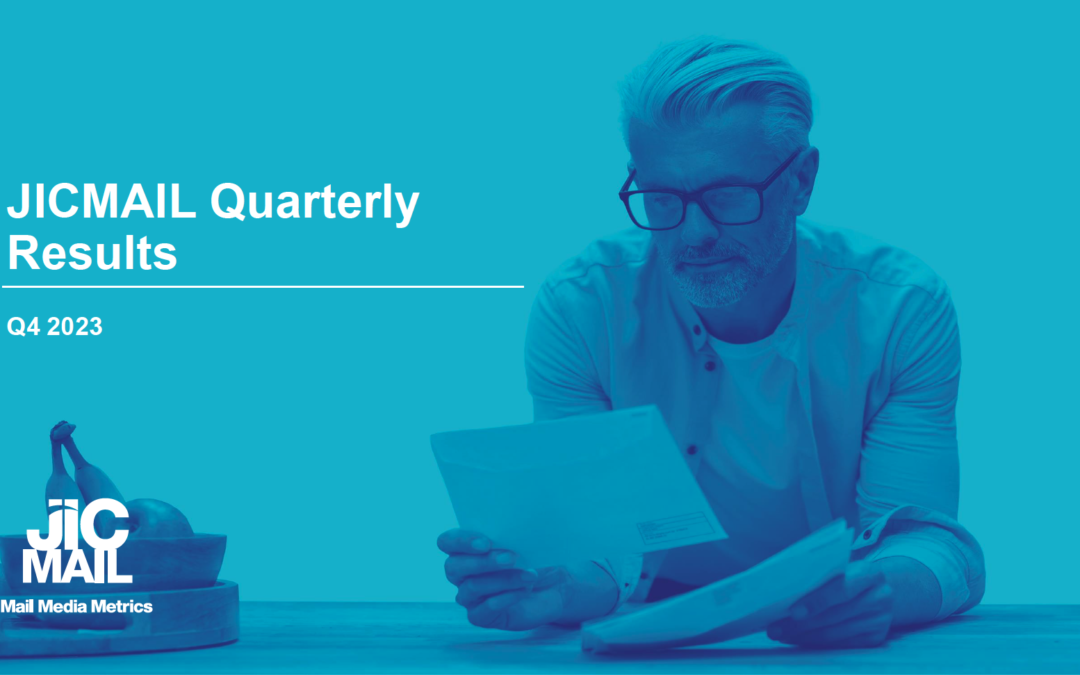Psychologist, Richard Shotton, Author of The Choice Factory and founder of Astroten06, has examined some of the most relevant studies currently available to marketers, that provide evidence-based insights into how to persuade consumers to alter their behaviour.

Psychologists have conducted thousands of studies into why people behave the way they do. These studies can be applied to any medium but here I’m focussing on applying them to mail. It’s an important area to discuss as more than £1 billion is spent on mail each year and currently there are few discussions on how best to apply behavioural science in this medium.
Here, I’ve picked the four most relevant pieces of research and ways you can use it to make your mail campaigns more effective.
1. Tap into direct mail’s targeting power by reaching nine-enders
Nine-enders is a term invented by a New York University professor, Adam Alter, to describe people whose age ends in nine. Alter notes this group is particularly open to changing their behaviour.
His argument is our culture gives importance to the turn of a decade. So, turning 40 is a big deal, whereas hitting 46 is less so. The fact we value milestones means as we approach the turn of a decade, we are more likely to contemplate the direction of our lives. Since we’re normally on autopilot, the fact we’re even thinking about our lives means we are more persuadable.
Alter looked at three varied data sets – first-time marathon runners, men committing affairs and American suicides and found a spike in the behaviour among people whose age ends in nine.
The implication is if you want to change behaviour, discretely target people whose age ends in nine. Hard to do on many media but straightforward in mail. Data providers can help identify this group.
Want to encourage people to stop smoking, drink a non-alcoholic beer or go on a holiday. Target nine enders!

2. Bypass the ostrich effect by using direct mail creatively
The ostrich effect is a term coined in 2009 by George Loewenstein from Carnegie Mellon. He looked at the behaviour of US and Swedish investors by analysing data from fund provider, Vanguard.
This research showed customers avidly checked share accounts when the stock markets were rising. But when it fell, they avoided checking. In a bear market, they stuck their head in the sand.
Loewenstein argued one deep driver of human behaviour is pain avoidance. So, if checking our portfolio causes pain — a falling market generally will — we avoid discomfort through studied ignorance. It might be illogical it’s important to understand our finances in desperate times as well as boom — but the behaviour is hard-wired.
So, what has this got to do with mail? Communicators may need to reach people with messages people would rather not hear.
If that’s the case, consider sending messages in plain rather than branded envelopes. Maybe use a postcard rather than a letter. Or put key message on the envelope. People will have interacted with your message before they can stick their heads in the sand. Mail offers plenty of ways to avoid the ostrich effect.
An example of this idea comes from a campaign from the Behavioural Insights team. In 2015 they wanted to encourage reluctant residents to pay sewage fees on time. So, on the outside of each envelope, they added a handwritten note to the customer:
‘[Person’s name], you really need to read this.’
This novel ostrich effect avoidance tactic increased the likelihood of a customer making payment by 34%.
3. Harness costly signalling
Costly signalling suggests believability and trust in a message are proportionate to the perceived expense of the message. The most relevant experiment from our perspective comes from Amna Kirmani at Duke University.
She gave 214 participants a magazine article on the launch of a new trainer. The article discussed how much the brand was spending on advertising. Some heard the brand was spending $2m; others $10m, $20m or $40m.
Participants were then asked about the quality of the trainers. The basic finding was the more they thought a brand had spent, the higher the quality of the shoe. They assumed a brand would only spend heavily if the product was great.
This study is of more than just academic interest. You can harness it in your next campaign.
Consider a campaign from Ogilvy and Christian Aid. In 2018, they sent out 200,000 envelopes and randomly tested six different interventions. Some tried direct ways of boosting generosity by stressing the government’s Gift Aid program would top up donations, or emphasising urgency of appeal. These were quite successful. The most successful idea harnessed costly signalling and wasn’t based on messaging at all.
They used thicker paper for the mailer. With expensive-feeling paper, donations went up 16% versus control. This subtle cue of ‘premiumness’ increased people’s perception of a reasonable amount to spend.
You don’t have to apply this finding directly — heavy paper stock isn’t the only way to suggest premium quality. But, if you want to boost quality perceptions, hinting at your spend could work wonders.

4. The benefits of tactility
The final study comes from Anne Mangen of the University of Stavanger in Norway.
In 2013 she asked students to read two texts, 1,500 words long. Half the students read the texts on paper; half on computers. Mangen then gave the students reading-comprehension tests. The students who read the texts on-screen performed worse than students who read on paper.
The explanation I find most convincing is giving a fact a physical location boosts its memorability When we recall information, we often remember where we saw it. If you sketch out a mind map of facts, you often remember a certain fact was written in the top left-hand corner, for example. It seems information on paper naturally presents these location cues.
The application is straightforward — if you want your message to remembered, put it in print.
I’ve picked just four studies relevant to mail. However, there are hundreds of relevant experiments. If you want to make sure your marketing is as effective as possible, immerse yourself in psychology.
And remember Mangen’s advice. If you want to remember the findings you discover, make sure to read them on paper.





